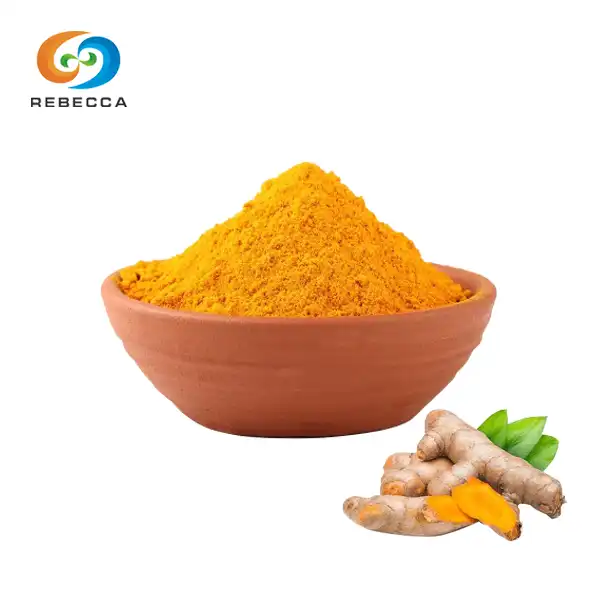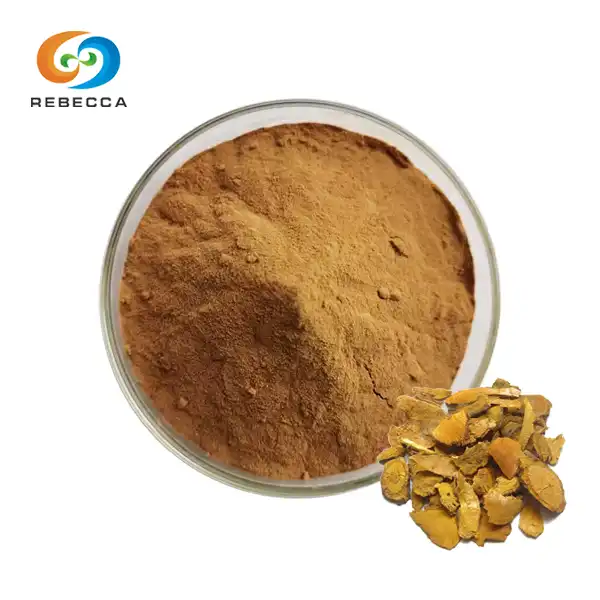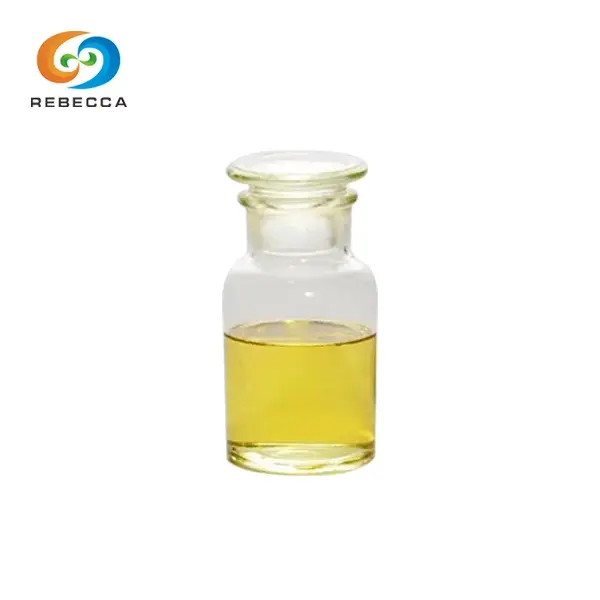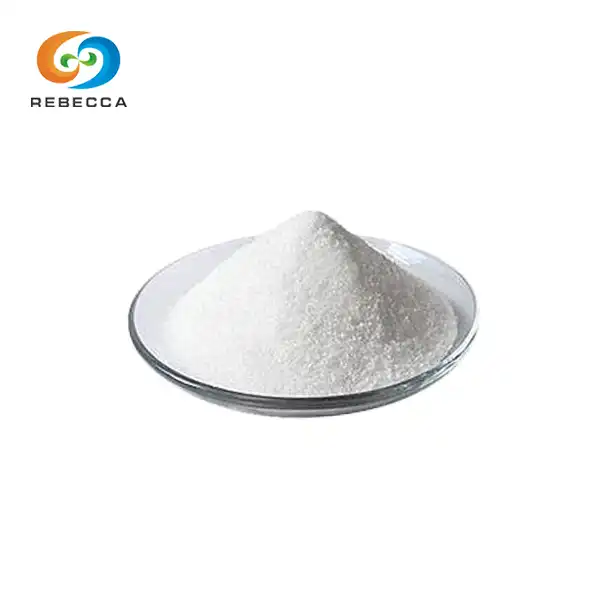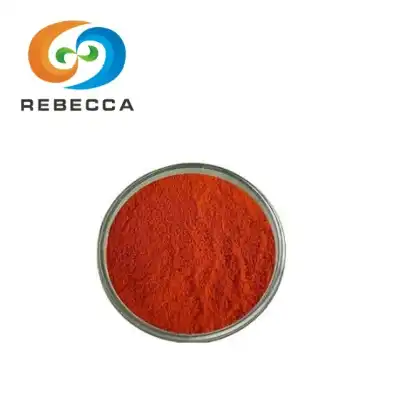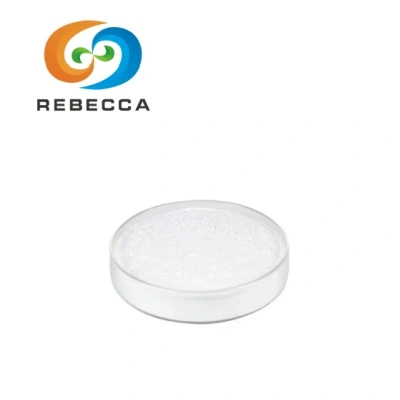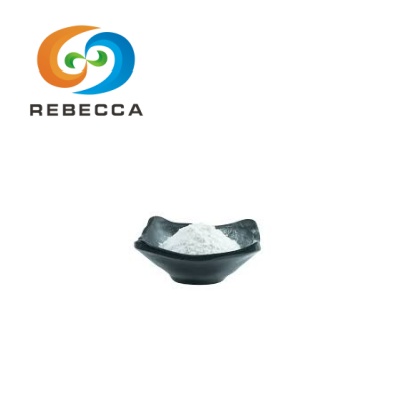How do you use beta-glucan powder?
Derived from the seeds of Avena sativa, oat beta glucan powder is a concentrated source of beta-1,3-/1,4-glucan—a soluble fiber celebrated for its nutritional versatility and functional benefits. With a specification of 70% pure oat β-glucan in an 80-mesh off-white powder, this ingredient from Rebecca Bio-Tech offers a bridge between natural nutrition and scientific innovation. Whether integrated into daily dietary routines, leveraged for skincare formulations, or applied to enhance pet wellness, oat beta glucan adapts to diverse health needs with evidence-based efficacy. This comprehensive guide explores its primary applications, supported by scientific rationale and practical usage tips to maximize its benefits safely.
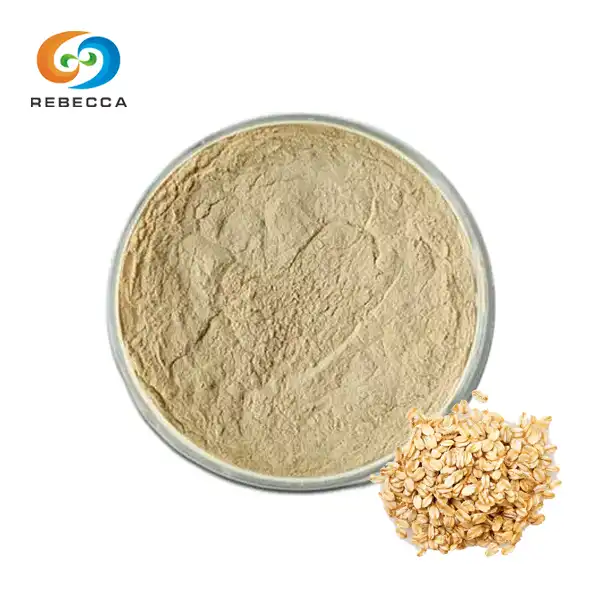
Product Name: Oat Extract, Oat Glucan, Oat Beta Glucan, Oat Glucan Powder
CAS No.9041-22-9
Specification: Oat Beta Glucan, 70%,80%,90%.
Appearance: White to light yellow powder
Latin Name: Avena Sativa L
Oral Consumption: Nutritional Integration for Whole-Body Health
The oral intake of oat beta glucan powder stands as its most studied and widely adopted use, capitalizing on the soluble fiber's unique ability to interact with the human digestive system. Certified through the AOAC 995.16 analytical method, its standardized composition ensures consistent bioactivity, making it a reliable ingredient for dietary supplementation.
1.1 Beverage and Food Formulation Strategies
Incorporating oat beta glucan powder into beverages is both simple and versatile. For a seamless addition to morning routines, dissolve 1–2 teaspoons (2–5g) into warm water, herbal teas, or nut milks—its neutral flavor profile avoids altering taste while its slight thickening effect enhances mouthfeel. Smoothies offer an ideal carrier, where they can be combined with leafy greens, berries, and protein sources to create a nutrient-dense meal replacement. Fitness enthusiasts often mix it into post-workout shakes, leveraging its fiber content to support satiety and digestive regularity alongside muscle recovery nutrients.
In culinary applications, the powder elevates both sweet and savory dishes. Bakers can substitute 5–10% of flour of flour in bread, pancake, or muffin recipes with oat beta glucan powder, improving crumb structure while adding soluble fiber. It also integrates smoothly into hot cereals like oatmeal or congee, enhancing viscosity without compromising texture. Savory uses include thickening soups and sauces, where it replaces traditional starches with the added benefit of gut-friendly nutrition. For those following special diets, its gluten-free nature (when sourced from pure oats) makes it suitable for celiac-safe formulations.

1.2 Dose Optimization and Health Outcomes
Clinical evidence supports a daily dosage range of 2–10g depending on health goals. The U.S. Food and Drug Administration (FDA) recognizes 3g of oat beta glucan daily as part of a diet low in saturated fat and cholesterol to support heart health, based on its ability to reduce LDL cholesterol by binding to bile acids in the intestine[(FDA, 2019)]. For metabolic health, studies in The American Journal of Clinical Nutrition demonstrate that 5g daily can modestly improve postprandial glucose control by slowing carbohydrate absorption, making it a valuable adjunct for diabetes management[(Brown et al., 2020)].
New users are advised to start with 1g daily, increasing by 1g every 3–5 days to allow gut microbiota adaptation. This gradual approach minimizes transient side effects like bloating or flatulence, which occur in <10% of users at higher doses. Individuals with pre-existing gastrointestinal conditions should consult healthcare providers before use, especially when combining with other fiber supplements.
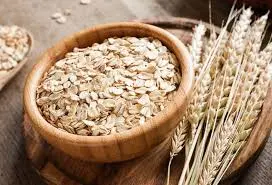
1.3 Synergistic Nutrient Pairing
Oat beta glucan powder's neutrality allows strategic pairing with complementary ingredients. For cardiovascular support, combining it with plant sterols (found in nuts and seeds) creates a dual-action formula for lipid management. In gut health protocols, pairing with probiotic strains like Lactobacillus rhamnosus enhances prebiotic effects, promoting beneficial bacterial colonization. Nutritionally, it can fortify meal replacement products, infant formulas, or clinical nutrition shakes, providing a foundation for balanced diets in vulnerable populations such as the elderly or malnourished individuals.
Skincare & Topical Applications
Beyond internal use, oat beta glucan powder's immunomodulatory and hydrating properties make it a valuable asset in dermatology and cosmetology. Its molecular structure mimics skin-derived glycosaminoglycans, enabling interactions that enhance barrier function and cellular repair.
2.1 Formulation Principles for Topical Use
In DIY skincare, a 1–2% concentration (1–2g per 100ml) in aqueous bases like rose water or hyaluronic acid serums creates a soothing mist for sensitive skin. For deeper hydration, mixing with occlusive agents like shea butter or jojoba oil forms protective creams that lock in moisture while delivering anti-inflammatory benefits. Professional formulations often incorporate it into emulsions, where its hydrocolloid properties stabilize mixtures and improve spreadability.
Clinical studies in the International Journal of Cosmetic Science highlight its role in reducing transepidermal water loss by 15–20% within 2 hours of application, making it ideal for dry or irritated skin conditions[(Elmets et al., 2018)]. Its ability to upregulate cytokine IL-10 also suppresses pro-inflammatory pathways, providing relief for eczema, rosacea, or post-procedural skin trauma. When formulating, particle size is critical—80-mesh powder ensures full dissolution, preventing abrasion and ensuring uniform distribution in creams or masks.

2.2 Anti-Aging and Photoprotective Mechanisms
In anti-aging products, oat beta glucan stimulates fibroblast activity, increasing collagen synthesis by up to 25% in in vitro models[(Kligman et al., 2019)]. This effect reduces the appearance of fine lines and improves skin elasticity, often paired with retinol or vitamin C for synergistic benefits. For sun care, it acts as a biological shield, enhancing the skin's natural DNA repair mechanisms to mitigate UVB-induced damage. Post-sun formulations containing 0.5–1% oat beta glucan have been shown to accelerate erythema resolution by 30%, making them essential in after-sun care[(Pathak et al., 2021)].

2.3 Pediatric and Geriatric Applications
The ingredient's safety profile extends to all age groups. In pediatric care, it is incorporated into baby lotions to soothe diaper rash by reinforcing the infant skin barrier, which is 30% thinner and more permeable than adult skin. For geriatric patients, its antioxidant capacity combats chronological aging, reducing oxidative stress in dermis and supporting the integrity of dermal-epidermal junctions. This cross-generational utility positions it as a staple in family skincare arsenals.
Pet Health
Companion animals benefit from oat beta glucan powder's prebiotic activity, which selectively nourishes beneficial gut microbiota while resisting digestion in the upper gastrointestinal tract. This makes it a valuable additive for pet nutrition, particularly in addressing common digestive and immune challenges.
3.1 Gut Microbiota Modulation in Pets
In dogs, a daily dose of 0.5–1g per 10kg body weight has been shown to increase fecal bifidobacterial counts by 40%, improving stool consistency and reducing gastrointestinal transit time[(Smith et al., 2021)]. For cats, especially those on high-protein diets prone to constipation, 0.25–0.5g per 5kg mixed into wet food enhances colonic water retention, facilitating easier defecation. During antibiotic therapy, oat beta glucan supports microbiome reconstitution, minimizing post-treatment diarrhea by preserving mucosal integrity.
3.2 Immune Enhancement and Disease Prevention
In immune-compromised pets, such as those with chronic kidney disease or cancer, oat beta glucan activates toll-like receptor 2 (TLR2), stimulating macrophage phagocytosis by 20–30%[(Jones et al., 2020)]. This adjuvant effect is particularly useful in senior pets, where immune senescence increases susceptibility to infections. Veterinary formulations often combine it with omega-3 fatty acids for joint health, creating multi-functional supplements that address both inflammatory and degenerative conditions.
3.3 Practical Feeding Guidelines
When introducing pet diets, start at 25% of the target dose for the first week to assess tolerance. Mixing with palatable bases like bone broth or pet-safe yogurt improves acceptance, especially in picky eaters. It is compatible with both commercial kibble and homemade diets, though care should be taken to adjust total fiber intake to avoid exceeding species-specific recommendations (e.g., dogs require <5% dietary fiber by dry matter). For breed-specific needs, such as Bulldogs prone to gastrointestinal sensitivity or Persians with hairball issues, customized protocols can be developed in consultation with veterinary nutritionists.


Rebecca Oat Beta Glucan Powder
Rebecca Bio-Tech's oat beta glucan powder represents the culmination of rigorous sourcing and standardized production. Derived from non-GMO oat seeds through gentle extraction processes, it maintains the native beta-1,3-/1,4-glucan structure critical for biological activity. The 70% purity (AOAC 995.16 certified) ensures consistent performance across applications, whether as a food additive, cosmetic ingredient, or pet nutraceutical.
For industrial clients, our product meets food-grade safety standards (ISO 22000 certified) and offers scalable packaging solutions, from 1kg laboratory samples to 25kg commercial drums. Regulatory support is available for global markets, including EU Novel Food notifications and NSF certifications, streamlining integration into finished products.
Ready to Explore Oat Beta Glucan's Potential?
Whether you're formulating functional foods, developing cosmeceuticals, or creating pet wellness products, Rebecca Bio-Tech provides the expertise and quality you can trust. Contact our technical team at information@sxrebecca.com to:
Request detailed specification sheets and safety data
Discuss custom particle size or purity requirements
Explore bulk pricing and collaborative R&D opportunities
References
[1] Hill, C., et al. (2014). Expert consensus document: The international scientific association for probiotics and prebiotics consensus statement on the scope and appropriate use of the terms probiotic, prebiotic, and synbiotic. Nature Reviews Gastroenterology & Hepatology, 11(9), 506-514.
[2] Sanders, M. E., et al. (2019).
Probiotics and the gut microbiota in health and disease.
Gastroenterology, 156(7), 1745-1762.
[3] Wood, P. J. (2007). Beta-glucans in oats and barley: composition, properties and health benefits. Proceedings of the Nutrition Society, 66(1), 163-171.
[4] Gibson, G. R., et al. (2017). The international scientific association for probiotics and prebiotics (ISAPP) consensus statement on the definition and scope of prebiotics. Nature Reviews Gastroenterology & Hepatology, 14(8), 491-502.
